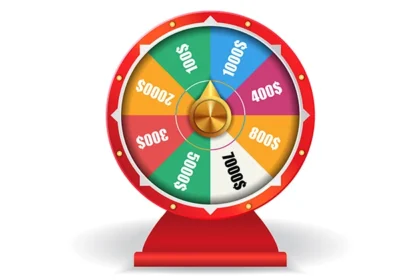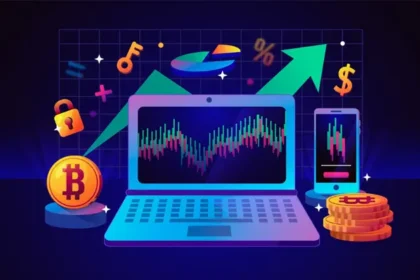It wouldn’t be an exaggeration to say Data surround us! Our digital footprint is about identifying the vast data we generate browsing websites, watching our favorite shows on OTT channels, or just shopping! This data is much more critical for organizations as it integrates from IoT systems and data science algorithms. This considerable data collection has given a common name; Big Data Analytics, representing both structured and unstructured data inundating companies daily.
Big Data Analytics Rising Prominence
Big Data has risen by leaps and bounds, and a report estimated that the growth of Big Data at a Compound Annual Growth Rate (CAGR) of 10.9 % for the projected period 2019-2023.
- The most considerable growth will be seen in the telecommunications and IT industry, as it may raise US$ 63.9 billion in 2020 to US$ 105.2 billion in 2023.
- BFSI will rise from US$ 29.8bn in 2020 to US$ 51.7bn in 2023.
- Government and Defense will see an increase from US$ 13.0 billion to US$ 20.0 billion from 2020 to 2023, respectively.
Use Cases of Big Data Analytics
- Banking: Banks make use of big data to keep vast financial information secure. This big data is monitored for savings spending habits and credit card transactions to track and deter fraud.
- Energy Consumption: Big data, combined with smart IoT devices, make it possible for smart meters to self-regulate energy usage and allow efficient use of energy.
- Online Shopping: Big data in the retail sector has brought about a dramatic shift in the industry. From the moment a consumer begins shopping, retailers exploit big data. It is everywhere, from targeted ads to the distribution of your package.
- Education: The education sector is a storehouse of big data relating to students, teachers, classes, results, etc. A thorough review and analysis of this data are successful in providing useful insights that can be used to enhance the functioning and operational effectiveness of educational institutes.
- Healthcare: Healthcare is another sector that produces vast quantities of data each day. It helps predict epidemic outbreaks and determine what preventive steps should be taken by identifying them at the early stages to avoid preventable diseases. Patients can obtain evidence-based medicine, which is defined and administered after examining the same medication’s past results.










